Designing for the Impacts of Very Severe Hail
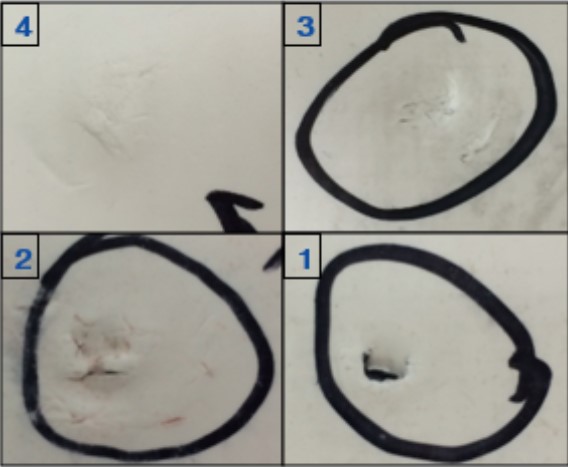
Figure 8
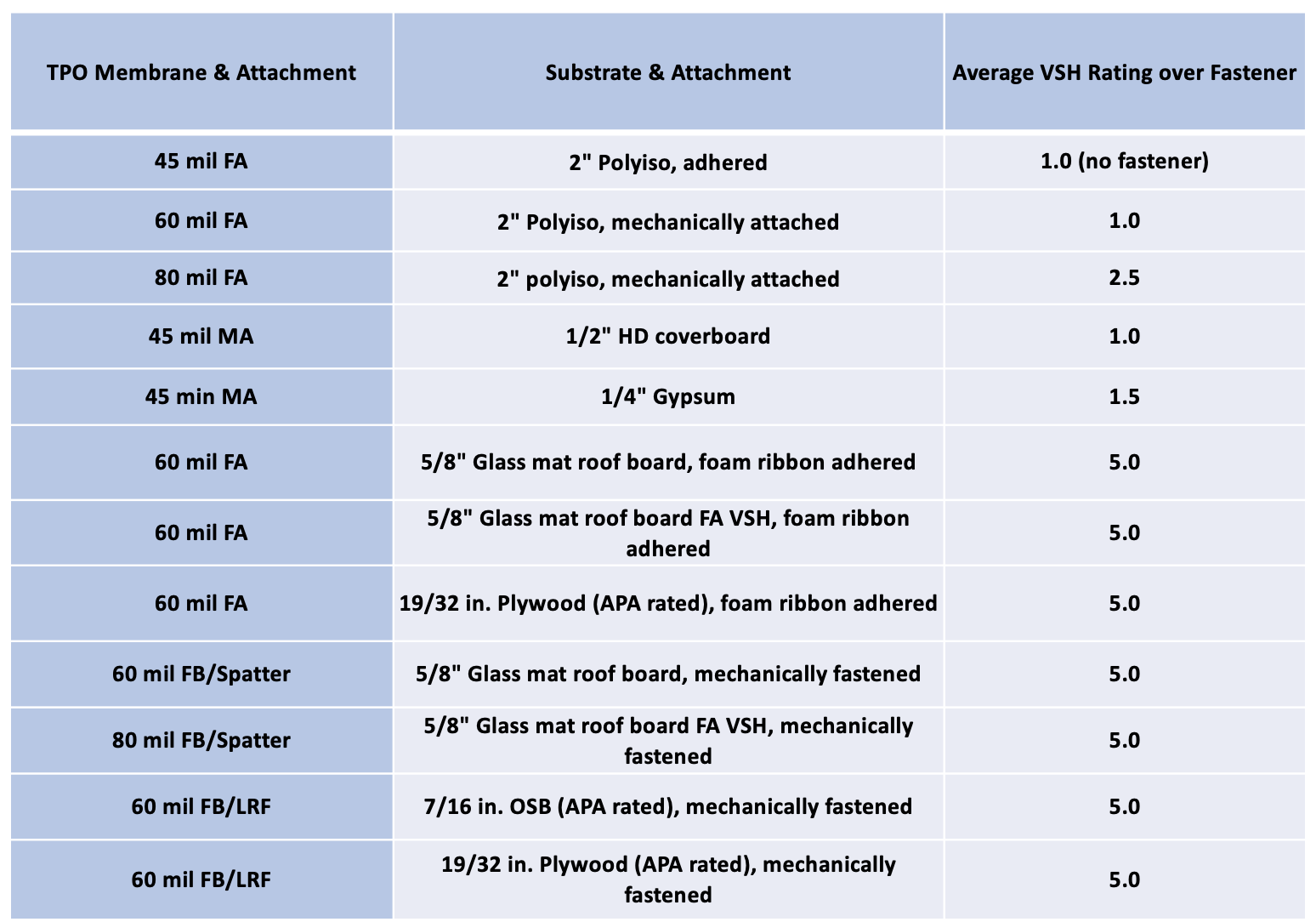
Figure 8: This data combines the previously referenced study with FM VSH testing of assemblies with the glass mat roof boards. A #5.0 rating indicates no damage, while a #1.0 rating indicates a full puncture of the roof membrane.
The RICOWI Hailstorm Investigation Report noted that the use of coverboards with relatively high compressive strength improved performance of low-slope roof membranes against hail impacts, specifically noting:
About one-third of the inspected low-slope roof covers were supported by a relatively high compressive strength substrate. Over 43 percent of the membranes installed over low compressive substrates had significant damage and only 25 percent of the roof covers installed over high compressive strength substrates had damage. Modified bitumen roof covers installed directly over low compressive strength substrates have been found to be the system most prone to damage causing leaks in all three RICOWI hail investigations. Single-ply membranes generally had good performance with only a small number of roofs sustaining damage with less than 1.5-inch hail, and several performing adequately with 2-inch or larger hail.7
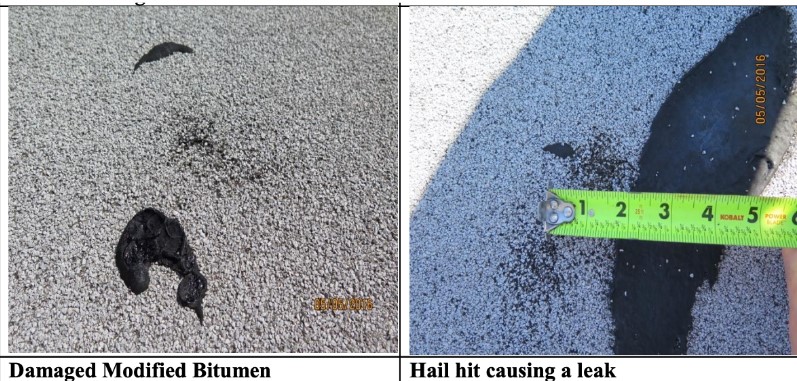
Figure 9: Modified Bitumen system over low compressive strength coverboard. RICOWI Hailstorm Investigation Report North Texas Hailstorm 2016.
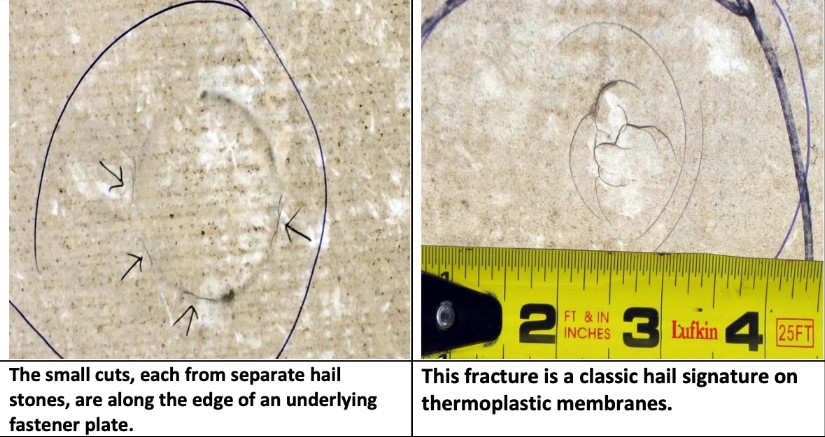
Figure 10: PVC roof membrane over high compressive strength coverboard. RICOWI Hailstorm Investigation Report North Texas Hailstorm 2016.
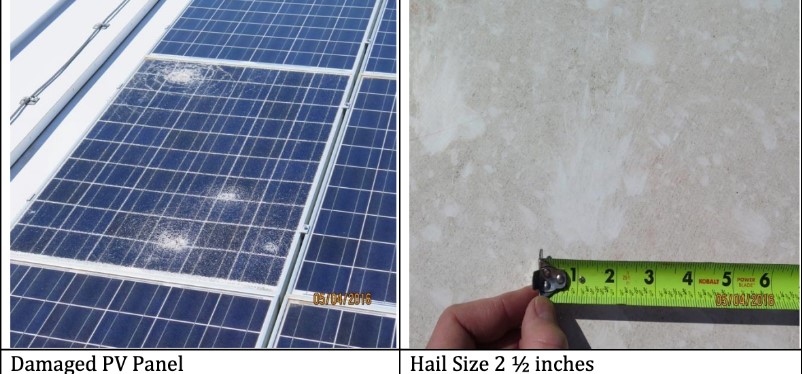
Figure 11: Single-ply roof membrane over high compressive strength coverboard. RICOWI Hailstorm Investigation Report North Texas Hailstorm 2016.
While RICOWI’s investigation revealed lower performance of modified bitumen assemblies with low compressive strength coverboards, this is not a surprise. Many older asphaltic roof systems utilized fiberboard and perlite coverboards which inherently have a low compressive strength. These roofs were installed prior to FM’s VSH requirements. There are asphaltic roof assemblies that do perform well under VSH events, as shown in Figure 12 below.
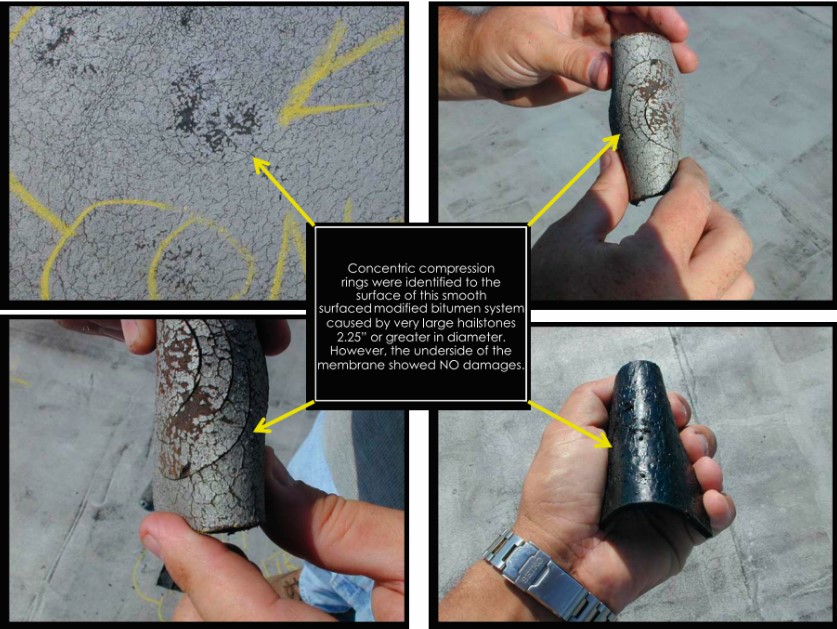
Figure 12: Asphaltic roof assemblies over high compressive strength coverboards can perform well under VSH events. Image courtesy of Grayco Consulting.
Designing Roofs in VSH Regions
Testing and observing post hail events has provided architects, specifiers, and roof consultants with guidance on how to design roofs to withstand the impacts of VSH. Membrane selection is critical for VSH prone regions. Thicker roof membranes, as well as higher performance grades that will remain pliable under heat and UV exposure over years in service will outperform standard grade materials. Fleeceback membranes also provide an added cushion layer that buffers the negative effects of hail events. High compressive strength coverboards were shown to be an effective means to enhance the performance of the roof system when exposed to hail events.
Using a coverboard will enhance the roof’s long term performance by fortifying the membrane when hail strikes as well as providing a firm and smooth surface to help resist damage from typical foot traffic. It will also help the roof insulation below withstand damage from hail. Coverboard selection is a critical component of the roof system design. Coverboards for VSH systems were originally limited to plywood or oriented strand board (OSB), often 7/16 to 19/32 inches in thickness. The use of plywood and OSB is very labor intensive to install as compared to traditional gypsum coverboards, increasing the cost of the installation. Conventional gypsum coverboards struggled to provide the necessary protection for VSH assemblies, crushing under the impact of a 2-inch ice ball. Recently, coverboard manufacturers have developed glass mat roof boards which are a reinforced gypsum core with a heavy-duty coated glass mat facer. Not only do these boards provide protection against 2-inch hail and are an important part of VSH assemblies, they are also a FM Class 1 and UL Class A thermal barrier for fire rated assemblies. These boards are 5/8 inches thick and are 92-96 pounds per 4-foot by 8-foot board; about 30 percent heavier compared to plywood yet easier to install as they can be scored and cut like a traditional gypsum board. There are VSH rated assemblies that leverage the strength of the coated glass mat roof boards in combination with adhered fleeceback TPO membranes, to provide a simultaneously fastened system, meaning the coverboard and insulation can be mechanically fastened, and still achieve a VSH assembly rating.
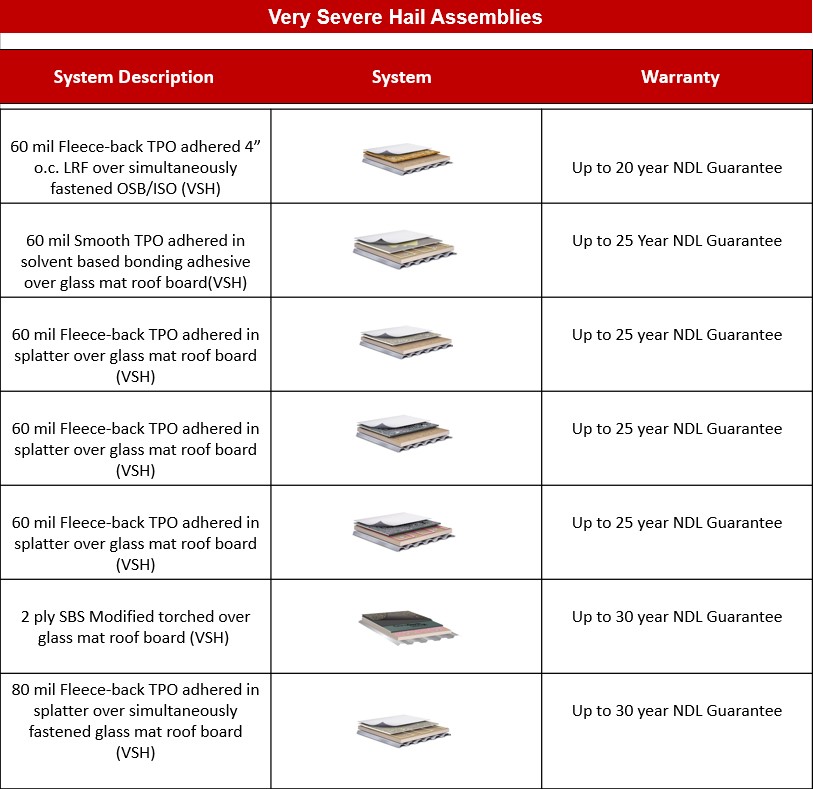
Figure 13: A sample of available VSH assemblies.
Specifying a hail warranty or guarantee is necessary for owners that anticipate hail coverage, which is not implicit with VSH rated assemblies. Standard roofing warranties and guarantees do not typically provide coverage against hail or other impact. Hail or puncture resistance coverage may be available, often for purchase, for eligible systems. Most roof manufacturers offer 2-inch hail coverage, while 3-inch hail coverage may require a technical variance and can be largely dependent on the designed roof system, the qualifications of the installing roof contractor, and project specific details.
VSH Rated Assemblies
The most critical part of a VSH design is selecting an approved assembly, meaning it’s been tested for VSH performance and approved by FM Approvals. In 2018 when FM Global first implemented the VSH rating, there were virtually no systems to be had; 44 to be exact. Manufacturers have responded to the VSH designation with more robust assemblies to minimize damage. In 2019, there were approximately 1,700 VSH rated assemblies available. In 2021, there were just over 10,000 VSH rated assemblies.8 As of June 2022, there are over 16,500 VSH rated assemblies!
Research and field experience reviewing storm damage has shown the use of thicker roof membranes, especially fleeceback membranes, provide greater impact resistance. Burying fasteners within the roof system and the use of adhesives for subsequent layers has also been a go-to strategy when enhancing the impact resistance of the roof. Innovations in coverboards have resulted in even more options than were available in the past.
New glass mat roof boards on the market specifically designated for VSH have increased the number of assemblies available. These new coverboards have significantly increased the number of single-ply assemblies that comply with the VSH requirements—nearly 40 percent of the available rated assemblies are single-ply membranes. And of these newly available assemblies, several allow for simultaneously fastened or “gang fastened’ systems, providing project teams with more design options to accommodate for wind uplift requirements, installation options for different climate conditions, as well as design preferences.
There are a few methods to identify and specify VSH approved assemblies. FM Global has guidance for designers in the LPDS 1-34 as well as RoofNav, which is a free web-based tool developed by FM Approvals to provide access to the most up-to-date FM Approved roofing products and assemblies.










